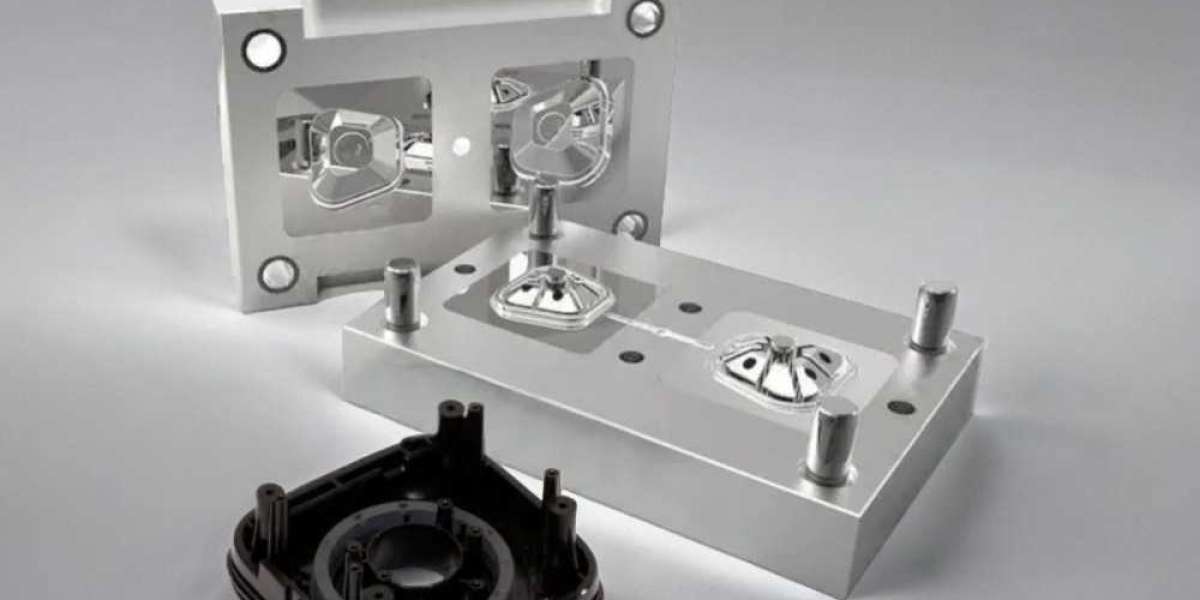I. Typical Gear Machining Processes
Currently, the standard machining process for automotive gears includes:
Turning Forged Blanks: Gear blanks are forged and then turned using CNC lathes to achieve precise outer diameters, bore holes, and end faces, setting the stage for subsequent processes. Gear Shaping: Gear shaping, including hobbing and shaping, is the primary method for rough machining gear teeth, achieving accuracy in the IT10-IT7 range. Gear shaving refines gears before heat treatment, reaching precision levels of IT7-IT6, though it does not correct tooth spacing errors. Heat Treatment: Automotive gears require exceptional wear resistance, fatigue strength, core strength, and impact toughness due to their operational loads. Carburizing steel is often used, followed by carburizing heat treatment to meet these requirements. Finish Machining: Grinding processes finalize the internal bore, end faces, and outer diameter of heat-treated gears, improving dimensional accuracy and reducing form and position tolerances. Grinding precision can reach IT6-IT4, with surface roughness between Ra 0.2 to 0.8 μm. Honing, a specialized finishing technique, further enhances precision and surface quality, achieving surface roughness as fine as Ra 0.2 to 0.05 μm. However, traditional methods struggle to meet the high precision, quality, and efficiency demands of NEVs, necessitating advanced machining technologies. II. Advanced Gear Machining Technologies and Strategies
Hard Gear Surface Machining Technology
Hard gear surface machining technology, applied to gears with surface hardness greater than 45 HRC, focuses on enhancing machining efficiency and quality while reducing costs. Methods include gear shaving, precision hobbing, grinding, and honing. Compared to traditional methods, hard gear surface machining requires higher standards for machine tools, cutting materials, coatings, and tool technology.
Advancements in tool materials, design, and manufacturing have accelerated the use of hard gear surface machining technologies. Coated high-speed steel and carbide tools are used for hobbing and shaving, while CBN (cubic boron nitride) or diamond superhard abrasives are employed for honing and grinding. Integrating rough and finish cutting tools into a single design reduces machining steps. Using coated high-speed steel or carbide tools for hard gear surface shaving and hobbing achieves precision up to IT6-IT5, while superhard materials improve surface quality and reduce roughness. These advancements enhance machining efficiency by over 25 times compared to conventional grinding processes. Modern machine tools, including those from Ultirapid Automotive, emphasize CNC technology, high-speed machining, and multifunctionality to meet the demands of hard gear surface machining.
Power Honing Technology
Given the limitations of the traditional “hobbing → shaving → heat treatment → grinding” process, which struggles to meet growing technical demands, power honing technology offers an efficient alternative. Power honing processes hard gear surfaces directly, making it a high-efficiency method for precision gear machining.
Power honing technology achieves gear precision up to IT5, delivering superior machining accuracy, surface quality, and efficiency at costs comparable to traditional methods. It effectively corrects heat treatment distortions and micro-defects, with surface roughness reaching below Ra 0.2 μm. Power honing reduces surface grinding marks and mitigates resonances and noise during gear meshing, improving gear strength, wear resistance, and pitting resistance. Its lower cutting speed prevents overheating common with high-speed grinding and can process gears with shoulder profiles. Although slightly less precise than grinding, power honing offers significant cost and efficiency benefits, costing about 50% of shaving and 20% of grinding. The application of power honing, supported by advancements in CNC machine tools and CBN superhard material wheels, enhances transmission reliability and stability, extends maintenance intervals, and reduces NVH issues. Ultirapid Automotive’s innovations in power honing technology further streamline the machining process, allowing for simplified workflows such as hobbing → shaving → honing or even direct hobbing followed by power honing.
Conclusion
Traditional gear machining processes, such as “shaping → shaving → carburizing → grinding,” are increasingly inadequate for the automotive industry's stringent demands. There is a pressing need to develop new technologies and processes. Integrating traditional methods with advanced techniques like hard gear surface machining and power honing—exemplified by Ultirapid Automotive’s cutting-edge solutions—can reduce costs, improve efficiency, and produce high-precision, high-quality transmission gears. These advancements are essential for enhancing the performance and sustainability of new energy vehicles.



